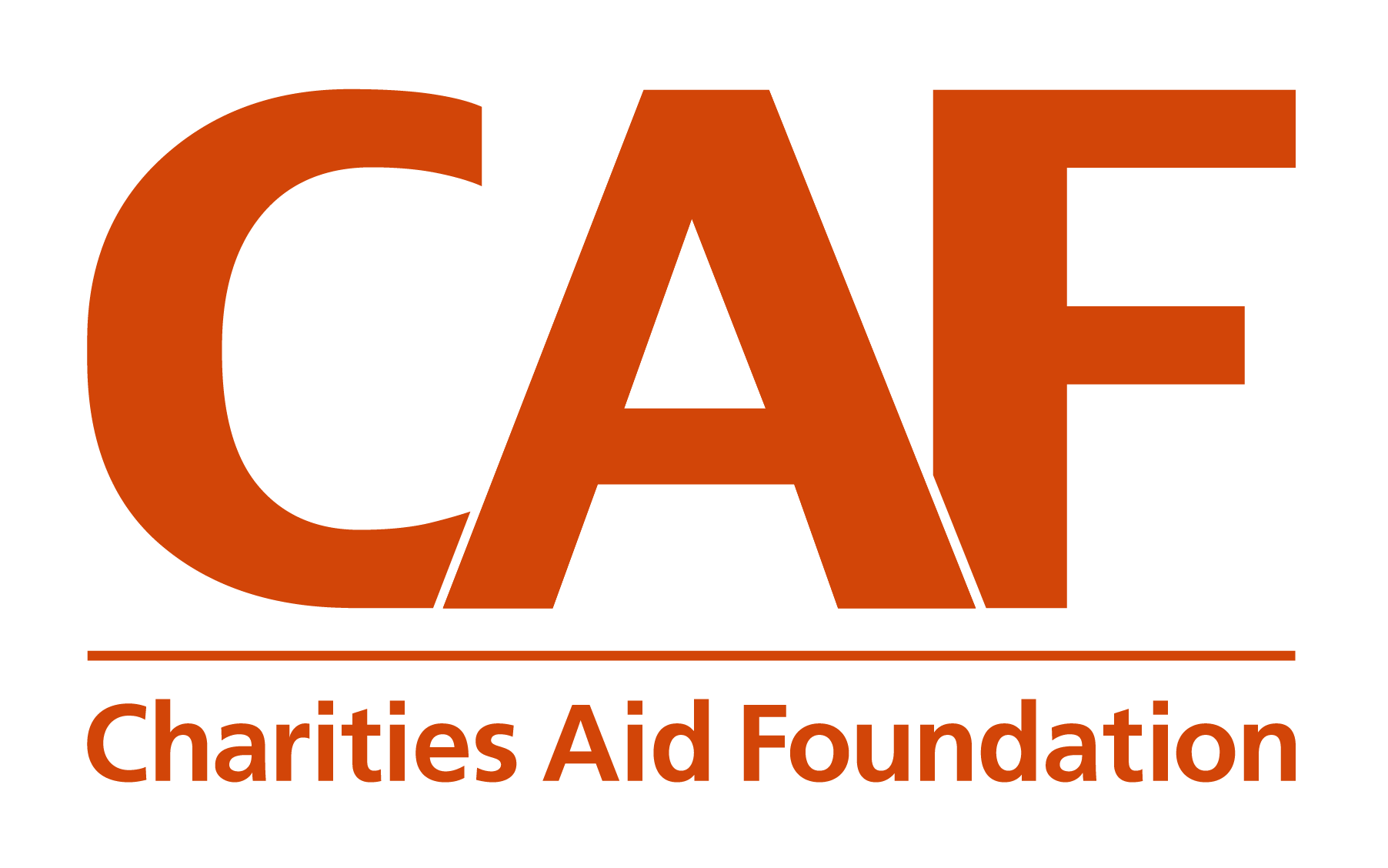Impact reporting is a vital but often overlooked facet of charity operations – and getting it right can be a way of helping your charity stand out from the crowd.
Writing an impact report is about more than ticking an administrative box. They provide a chance for charities to tell the story of the difference an investment made or a programme delivered. It is a way to demonstrate the value of the work they do and, consequently, to justify their continued existence and bolster requests for future funding, grants, and other support.
What makes a good impact report? Here are our insights:
Craft a clear and logical story
A well-written impact report is one that is easy to understand. Focus on communicating ideas clearly.
This means thinking about what you want the report to achieve and structuring it accordingly.
Try not to present your reader with a series of facts and figures and no simple explanation of why they are important or how they fit together. Instead, make sure that there is a logical narrative underpinning the report. What is the story of the project delivered or the impact made? Make the report clear for the reader by explaining basics such as who was involved and why the project or investment mattered; what was delivered and how; and what the benefits are. This point also highlights the importance of strategic planning: to tell a story externally, charities need to first understand their own story and have clarity of purpose and mission.
Highlight effectiveness and efficiency
To maintain and deepen trust with funders, it is important for charities to show that they value the funds they receive and that they manage them well.
Use impact reporting to show funders how their money is being spent. Collect a variety of data on your project – quantitative and qualitative – and use reporting as an opportunity to present this data to funders to show how effectively and efficiently your charity has spent its money. Highlight any creative cost-saving solutions taken or examples of how funds invested into organisational changes will have or are already having positive, compounded effects.
Focus less on outputs and more on outcomes
Facts and figures tell part of the story, but they do not communicate the full extent of a project or an investment’s impact.
Impact reports sometimes suffer from focusing too much on outputs and not enough on outcomes. For instance, a report could offer extensive details regarding data but overlook the value of explaining why this output matters. What was the positive outcome that came of a particular output?
Focusing on outputs might involve, as an example, reporting on exactly how many rubbish bags and disposable gloves were purchased for a beach clean-up. Although these numbers are valuable, they miss part of the result. An added focus on outcomes – why were these purchases important?
What did they achieve? – can communicate the value more effectively. Don’t just tell your funders that you bought 200 plastic bags. Rather, elaborate on how the beach clean-up carried out using these materials will benefit the local community and environment now as well as into the future.
Communicate your charity’s vision
Use impact reporting as an opportunity to connect with your charity’s audiences and remind them of why they engage with your charity in the first place. Embedding your charity’s vision, mission, and purpose in your reporting is a good way to show the distinctiveness of your charity. It is also an effective way of reinforcing your charity’s values and identity in the minds of your audiences, as well as linking your charity’s present-day actions with it long-term goals. Developing a ‘theory of change’ or a roadmap for the future of your charity can be a good place to start with strategic thinking.
On a more granular level, communicating your charity’s vision well typically involves linking your activity back to your charity’s original intention and mission. Doing this helps audiences to understand better why your charity is making specific decisions, and how these contribute to the change your charity is seeking. Charities can also benefit from communicating transparently about any changes and pivots that they are making in order to adapt to challenges or achieve different, more positive results. Demonstrating this decision-making can help to boost audience engagement and trust in the charity.
Impact reports have the potential to be useful tools for charities and their audiences. When written well, they can help boost a charity’s reputation and improve relationships with funders and other stakeholders.
CAF also offers further resources on how to strengthen charity donor relations, which you can access here.






